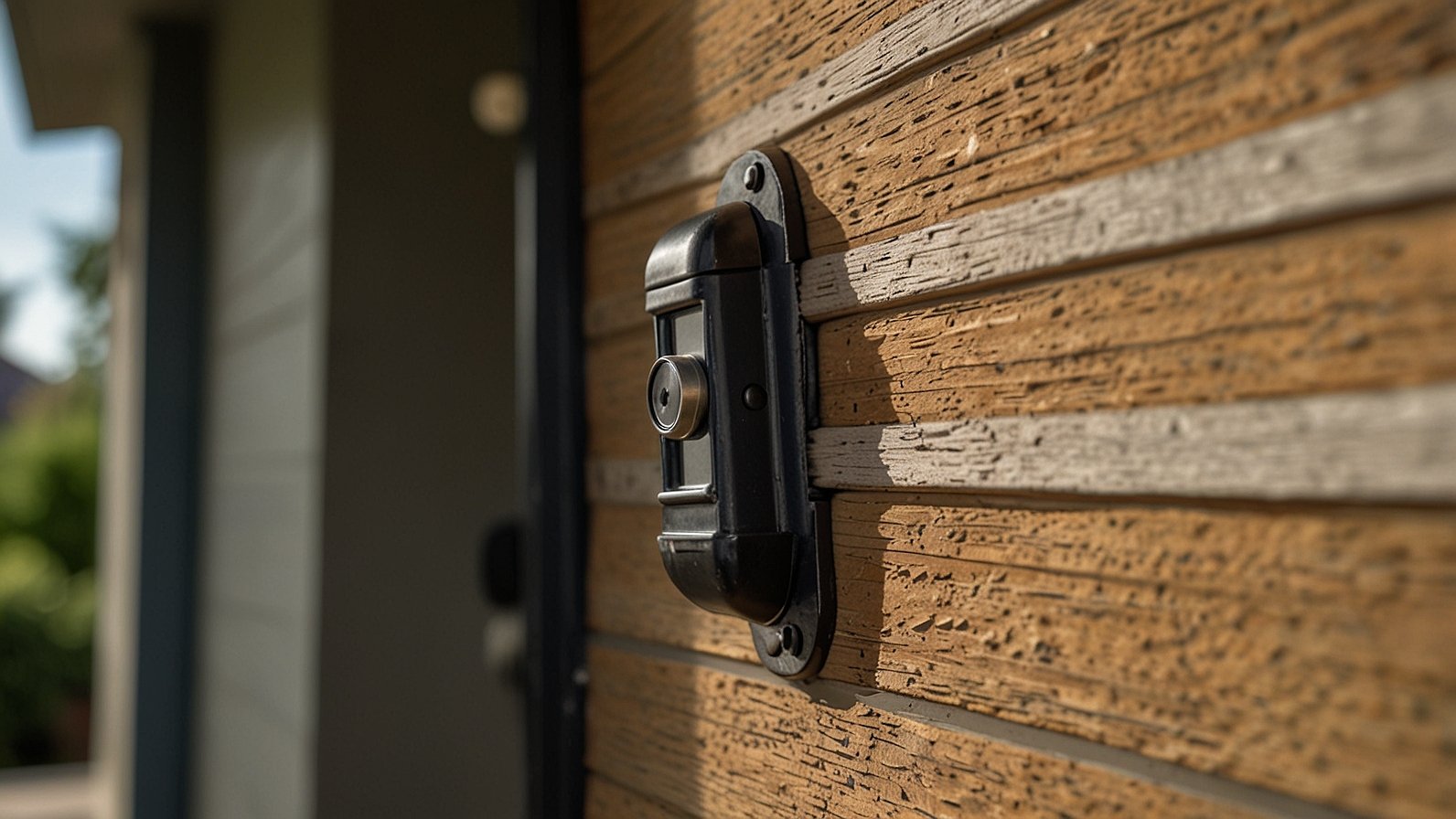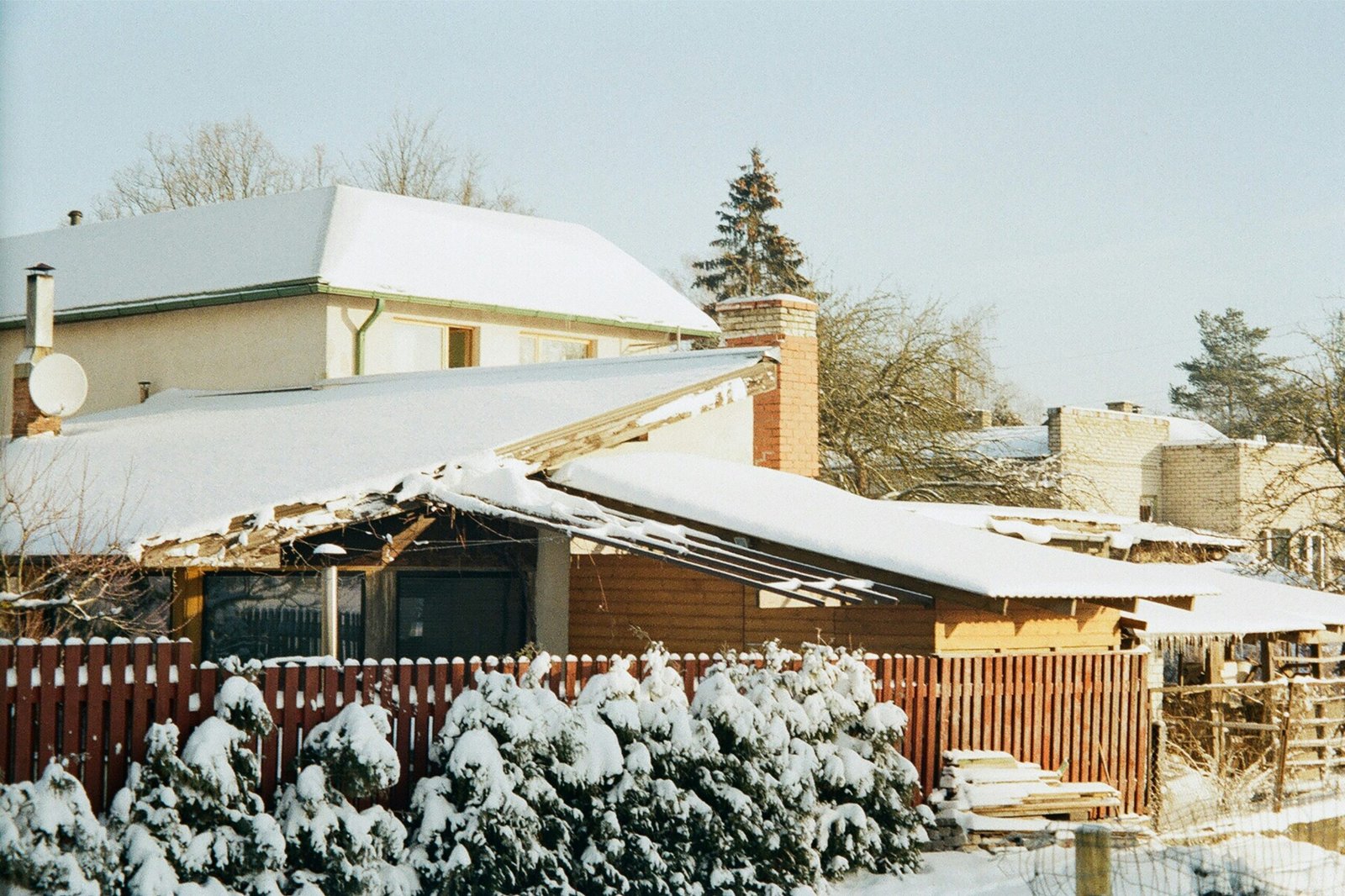If you want your place to read as occupied even when you are out, think like someone who notices patterns. A quiet block has its own rhythm. Lights change, packages come and go, a dog barks at the same time every evening, blinds tilt a little when the sun shifts. When those tiny signals stop, a house can look vacant. Your goal is to keep the rhythm going with believable cues that feel like daily life, not a staged set.
You can start with tech that supports the illusion without screaming that you are away. Timers, smart plugs, and a solid alarm system make a convincing baseline. If you are comparing options, research the top home security systems as part of your plan. Pair that backbone with human touches so your home looks like someone just stepped into another room.
Make Light Behave Like a Person Lives There
Set a few lamps on staggered schedules that change by the day. Avoid a single lamp that pops on at the same time every evening and turns off at the same time every night. Use different rooms on different nights. Bedroom and hallway lights early in the evening, kitchen later, then a living room lamp for a short stretch. If your smart bulbs let you vary brightness, choose levels that feel like someone reading, cooking, or watching a show. Keep window treatments slightly uneven, as if you pulled them without thinking on your way to bed.
Create Subtle Motion That Feels Normal
Motion can be as simple as a small fan in an upstairs room nudging the curtains or a battery powered picture frame slideshow that shifts every few minutes. A radio on a low volume talk station near the back of the house adds the murmur of life. If you have a video doorbell or a camera with two-way audio, use it sparingly. A quick hello to a delivery driver or a thank you when a neighbor returns your trash bin is enough. Constant alerts or loud warnings can advertise that the house is relying on gadgets instead of people.
Keep Outdoor Patterns Consistent
From the sidewalk, regular maintenance is a strong lived in cue. Ask a neighbor to roll your bins out and back in. Hire lawn care on a schedule. If it is winter, arrange for snow to be cleared within the same window as usual. A bicycle leaning against the side fence, a pair of gardening gloves on a patio chair, or a coiled hose near the spigot all look like recent activity. Avoid leaving expensive gear out. The goal is ordinary signs of use, not tempting items.
Stage Your Entry Like You Just Arrived
Your front door can tell a story. A doormat with a slight scuff, a pair of inexpensive rain boots by the step, and a package that never lingers are strong signals. Use a parcel locker or have deliveries sent to a pickup point if you will be gone longer than a day. If you travel often, sign up for the USPS Hold Mail service so envelopes do not stack up and flyers do not wedge into the doorframe. Ask a neighbor to tug on door hangers and sales materials so your entrance never looks ignored.
Let Sound and Smell Do Quiet Work
People often forget that burglars use more than sight. A wind chime from the back porch, a pet toy that squeaks when stepped on, or a timed air freshener that puffs at random intervals can send signals through a fence or an open window. None of these should be loud or strong. You want a hint that someone is around, not a broadcast.
Use Your Car and Calendar as Props
If you have more than one car, swap spots in the driveway now and then. Park slightly crooked one day and neat the next. When you are out of town, ask a neighbor to use your driveway for a day. It looks like visitors. Tie these shifts to normal patterns. Trash night looks better with a car pulled forward for loading. Weekend mornings look right with a car that has not moved yet. Variety is the point.
Recruit Neighbors With Specific, Easy Tasks
General requests are hard to act on. Ask for small favors you would do for them too. Could someone bring your bin in and leave it at a different angle than usual. Could a friend open the side gate once midweek and again on the weekend. Could your upstairs neighbor turn a lamp to face a different wall on Thursday evening. These tiny tasks add true randomness. They also mean more eyes on your place without anyone feeling like a security guard.
Leave Honest Clutter and Hide Valuable Routine
A perfectly tidy exterior can look sterile. Leave a couple of plant pots that sometimes collect a bit of soil. Keep a folded blanket on a porch chair. Let a children’s sidewalk chalk outline linger for a day. At the same time, hide patterns that reveal your schedule. Move expensive cars into the garage. Do not post daily photos that time stamp your location. If you follow a predictable route at the same hour each morning, vary the time by a few minutes and change which door you use.
Blend Tech With Human Behavior
Smart home gear shines when it amplifies natural habits. Program lights to change around your real meals and bedtimes. Use a smart speaker routine that plays a short playlist in the evening and announces a weather check in the morning. Set door sensors to chime softly when a volunteer house sitter drops by. Keep cameras aimed at entry points rather than the entire sidewalk, and follow local laws and etiquette. If you want a deeper understanding of why layered design works, skim the National Institute of Justice overview of Crime Prevention Through Environmental Design. It explains how small choices add up to big deterrence.
Look at Your House the Way Strangers Do
Stand across the street and ask what story your house tells. Do the lights line up too perfectly. Are there stacks of packages or an overflowing mailbox. Does the yard look frozen in time. Adjust until the picture feels slightly different each day. If you live on a corner, walk both sightlines. If you live in a multi-unit building, check the view from the elevator and the stairs. Bring a friend who will notice details you miss.
Plan for Nights Away and Long Trips
For a single evening, a few light changes and a neighbor bringing in a package are enough. For a weekend, add mail holds and lawn care. For a long trip, layer everything. Rotate window shades, swap cars in the driveway, schedule visitors, and use timers with irregular cycles. Give a trusted neighbor a short list with dates and the names of anyone who will stop by. Keep it simple and respectful of their time. A small thank you when you return goes a long way.
Keep the Story Going
A lived-in house is not louder or brighter. It is slightly unpredictable. It looks like someone just moved to another room, or will be right back with a bag of groceries. When you make light, motion, sound, and small routines work together, you give strangers nothing solid to read. That uncertainty is often enough to send trouble elsewhere. Combine those cues with good locks, thoughtful lighting, and an alarm setup you actually use, and your home tells the right story every day.
You May Also Read: Quick Steps for Roof Repair After Storm Damage











